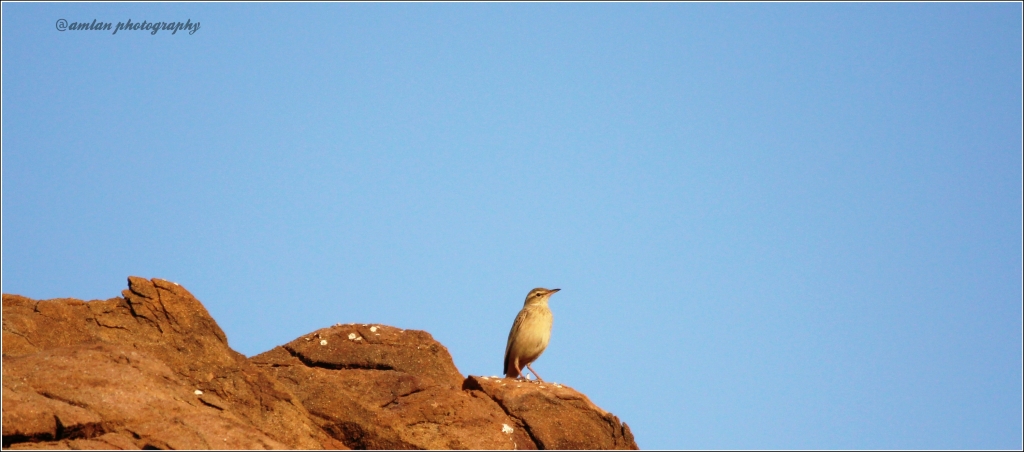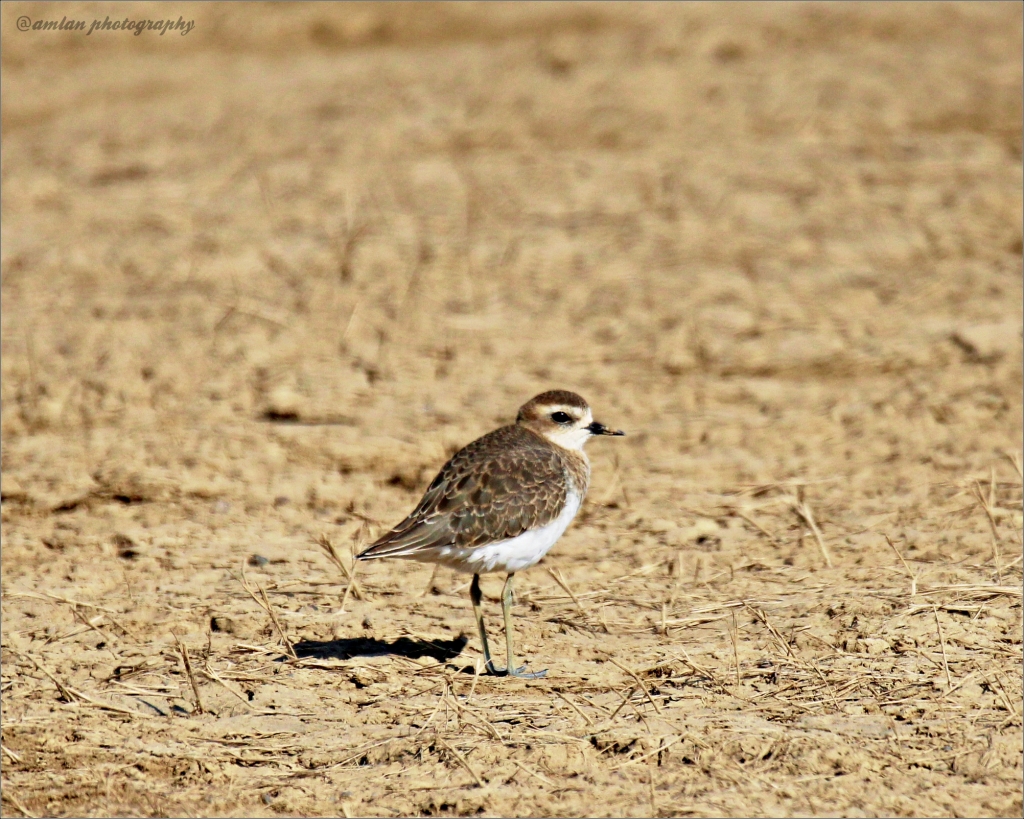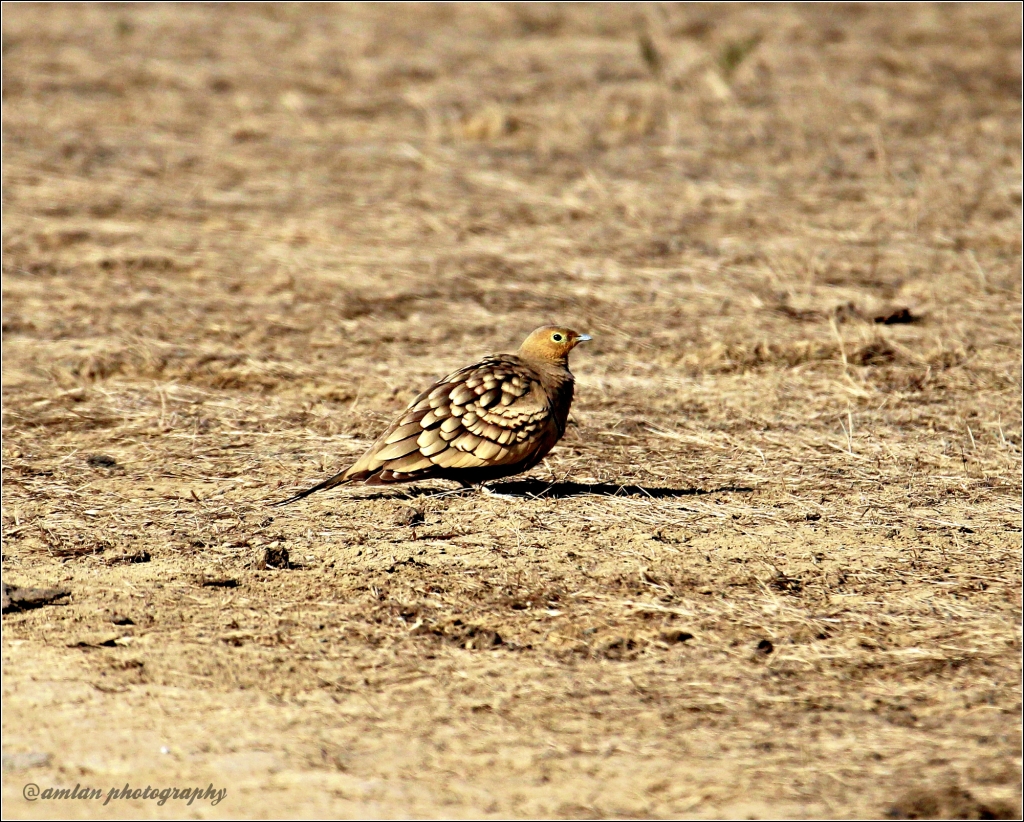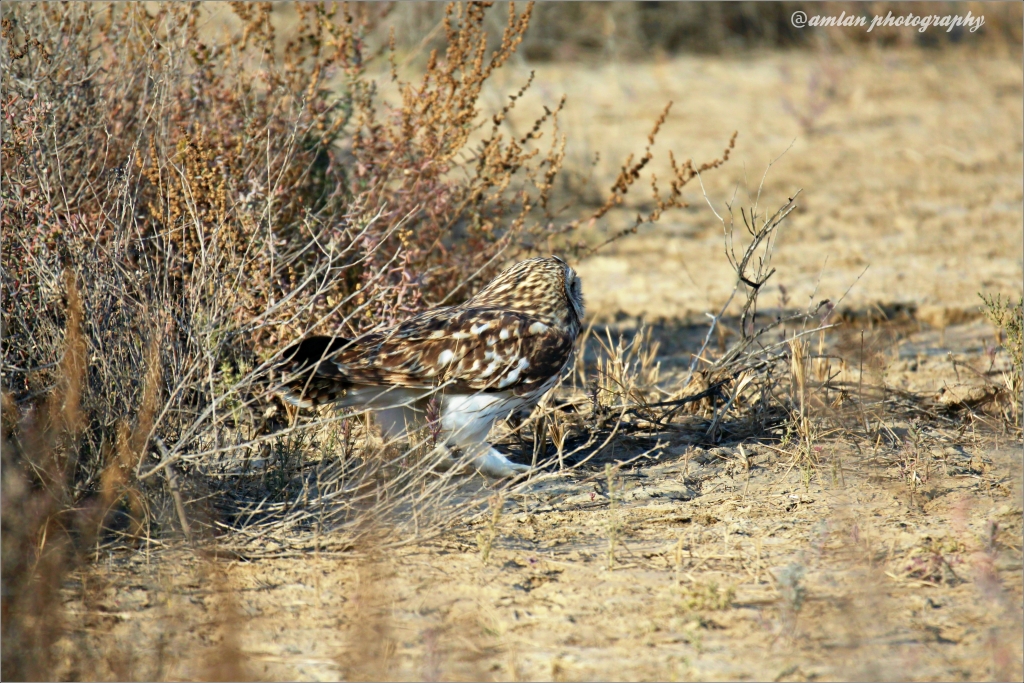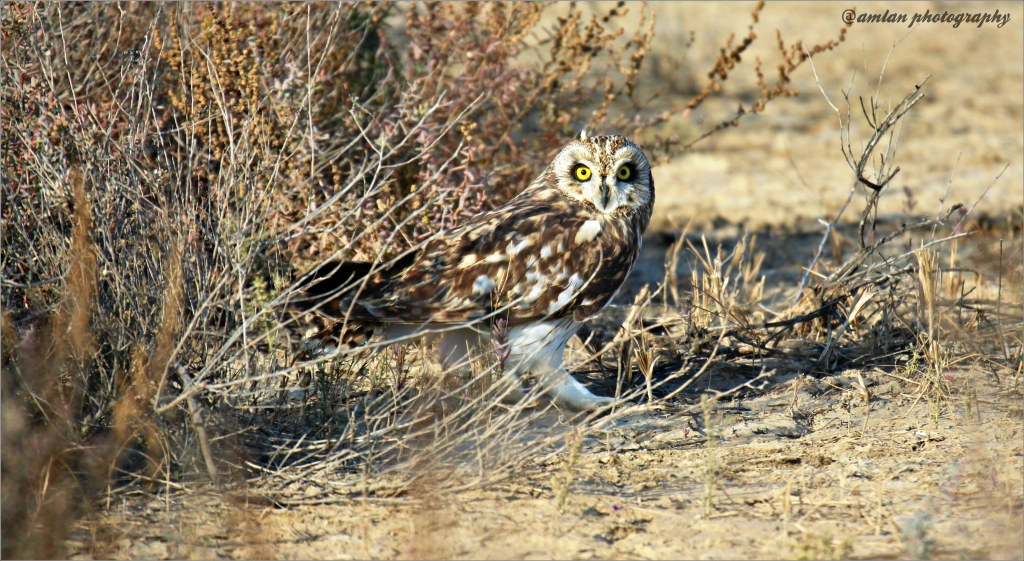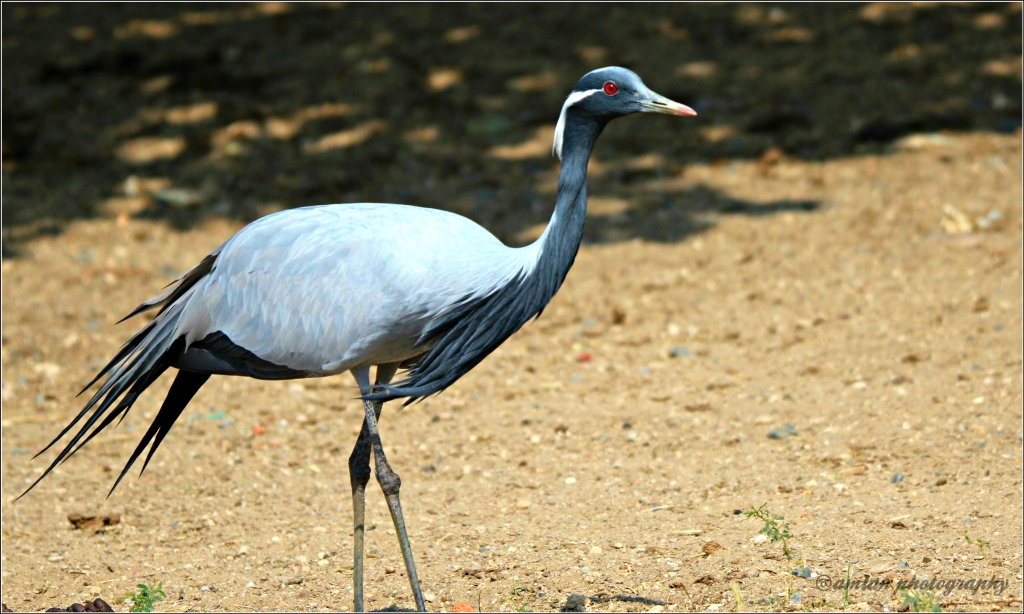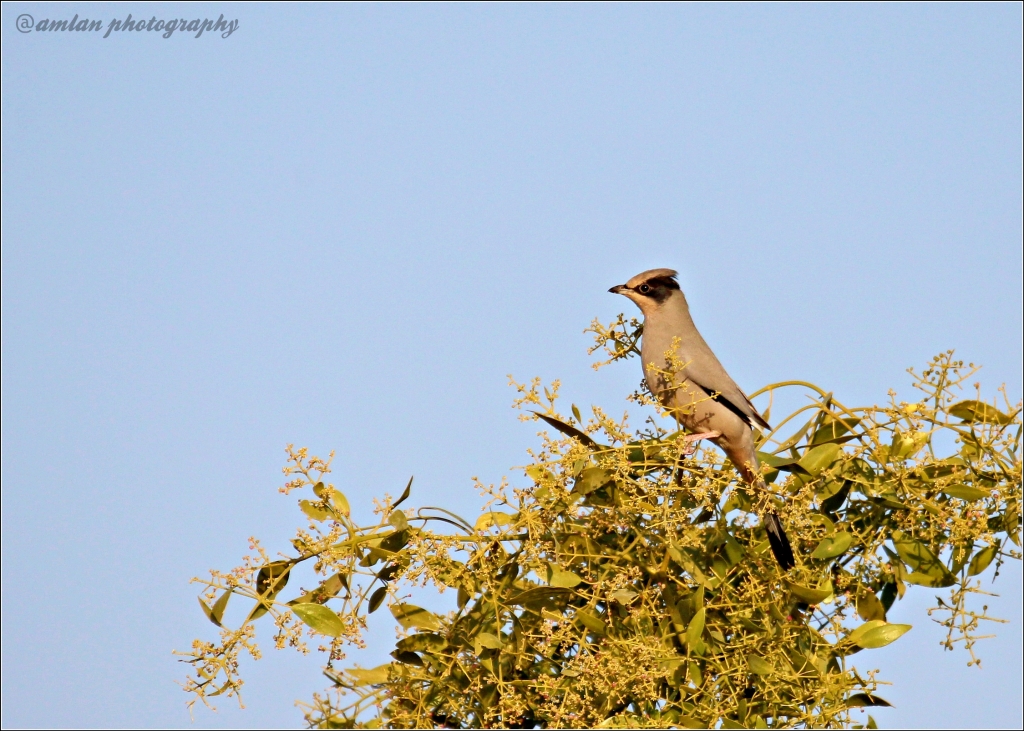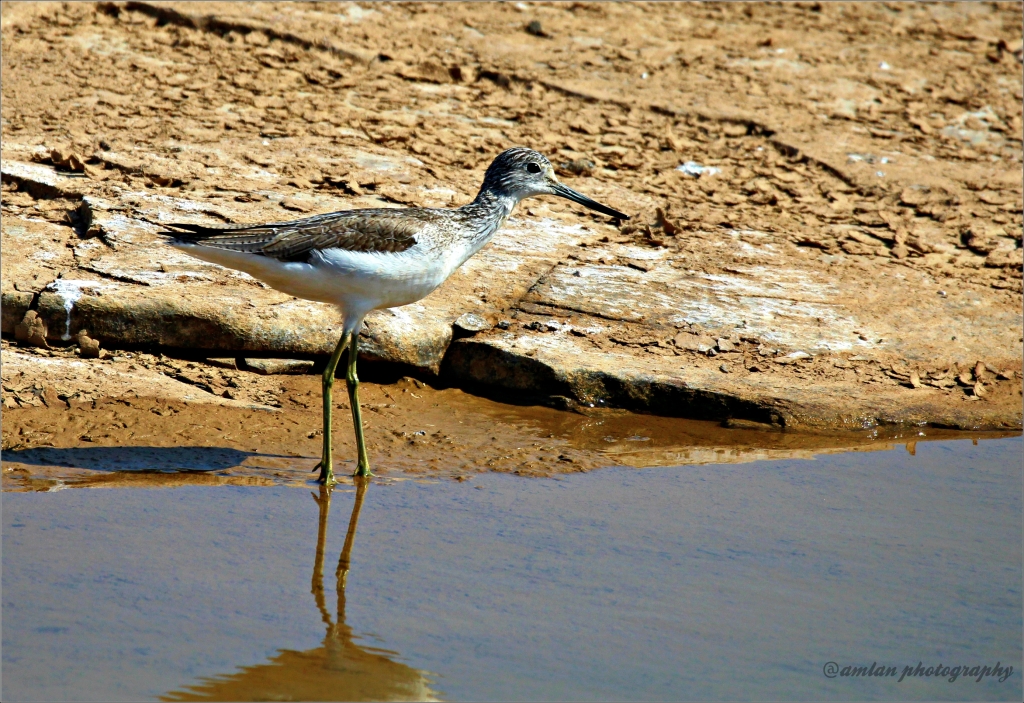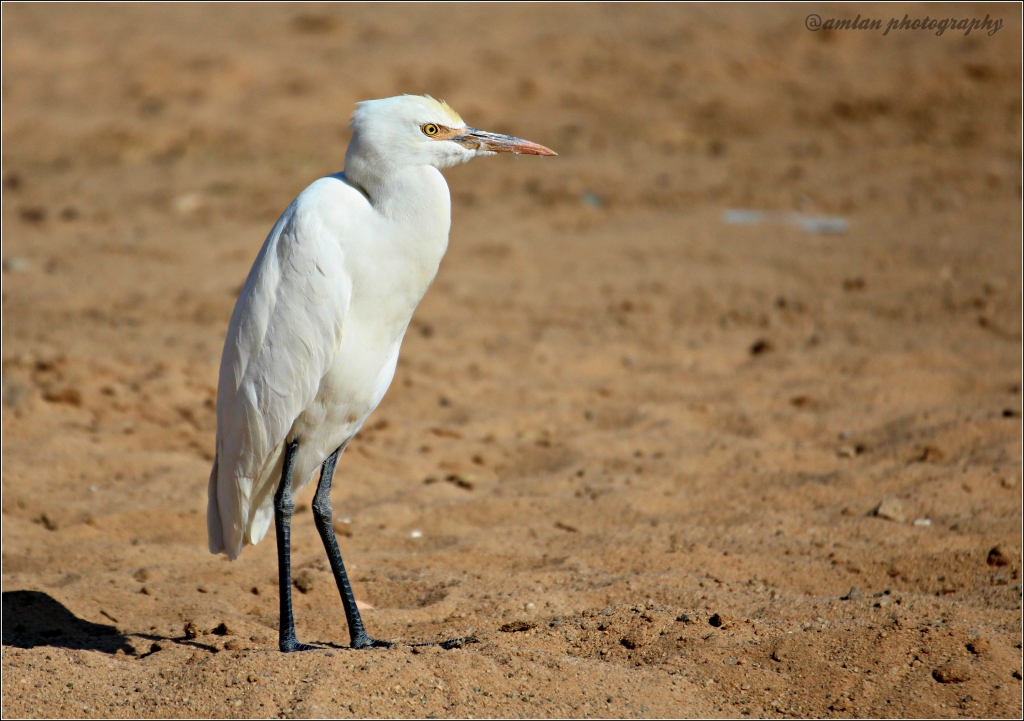In my last blog on Greater Rann Of Kutch I described the journey and the desert itself and the way we went about photographing the Birds in this vast, unending landscape. In this blog I would like to introduce some of the birds from the many, that are very much unique and extraordinary to the Greater Rann Of Kutch.
When I started for Greater Rann Of Kutch I had no idea what I was in for. I had done some studies about the place , its geography, topography ,environment, temperature etc and was thinking to myself that this would be contrast to my habitual Himalayan trips with plain land ,with no elevation and so on and so forth . But when I landed at epicentre home stay in Lodai, my perception of the Rann of kutch changed. My perception of the people I was with, changed. There was a small bird perched on the solar lamp shade and Bharat kapdi immediately said that it is wheatear, a male wheatear. I knew nothing about birds till then.
Greater Rann of kutch can boast about the number of species of Birds that the place hosts. Some 360 species of residential and migratory birds make this landscape, their home. Some unique migratory birds make this humongous barren landscape as their only transit point. The entire expanse of around 7000sq km is called Banni Grassland and within this grassland is the wetland reserve called the Chari Dhand. Birds of all shapes sizes and environmental niches are seen everywhere. From the smallest, like the Bushchat to the predators or raptors of large size and weight like the Steppe Eagle.





Sometimes it was immensely difficult to shoot the birds as their camouflage was so very perfect. We were in Chari Dhand area and Bharat Kapdi, the Dr Salim Ali of the Rann of Kutch, spotted an Indian Eagle Owl from a distance of about 500 yards . Initially we all struggled to see that bird. But one by one each one could finally spot the bird except me. I was then guided by Mr. Bhavesh Rathod in a very systematic way, which I latter realized that such a systematic way could be a SOP to spot the imperceptible. It is an amazing example of camouflage in nature.
The unique location of Greater Rann Of Kutch probably is one of the reason that we find some unique migratory birds that have made the GRK their transit residence.

Kutch, or Katchchh region has a population of 1,252,507 according to 1991 census in Gujarat state of West India, bounded on the North by Pakistan. It is largely barren except for a fertile band along the Gulf of Kachchh in the Arabian Sea. Mandvi, Bhuj, and Kandla, a new port, are the chief towns . The state of Gujarat is the heartland of Indian industries like petroleum, power and steel. It is largely barren except for a fertile band along the Gulf of Kachchh in the Arabian Sea. It was the scene of major border disputes between India and Pakistan in 1965 and 1971. Kachchh or Kutch is an erstwhile princely state of India. It is the largest district of the state of Gujarat and the second largest district in India covering an area of 45,612Sq Kms. The land is virtually an ‘island’ resembling a tortoise “Katchua or Kachbo”, surrounded by sea water. Kutch was also known as the kutchdweep or Kutchbet.” The Great Rann of Kutch” which dominates a major portion of the district. The Great Rann of Kutch and the Little Rann of Kutch respectively-uninhabitable deserts which during the monsoon season (June to October) is often completely submerged by floods.
Having said this the climate is very conducive for the various birds to make this humongous stretch of barren land as their home during the winter months. That is from October to February. It is in the range of 25 degrees to 10 degrees during this time. Temperature can go down to zero degrees too.
Greater Rann of kutch is the winter home of the Demoiselle crane which has the most arduous migratory route , among the various migratory birds that are found in Greater Rann Of Kutch, and they flock in this place in thousands.
The predatory birds find this place as their domain as there is plenty of food for them. Some of them are migratory and some are residents

Then there are birds that are residents of Greater Rann of Kutch and they are very unique. One such bird is the Indian Night Jar. These birds rest on the raise pathway of the Kashvati Dam near epicentre home stay during dusk and night time. They are small birds and they look lie stones strewn on the path unless you are clever enough to identify them . No nest is made; the two beautifully marbled creamy pink eggs are placed upon the bare ground during February to September; the brooding bird, sitting closely, is well camouflaged.
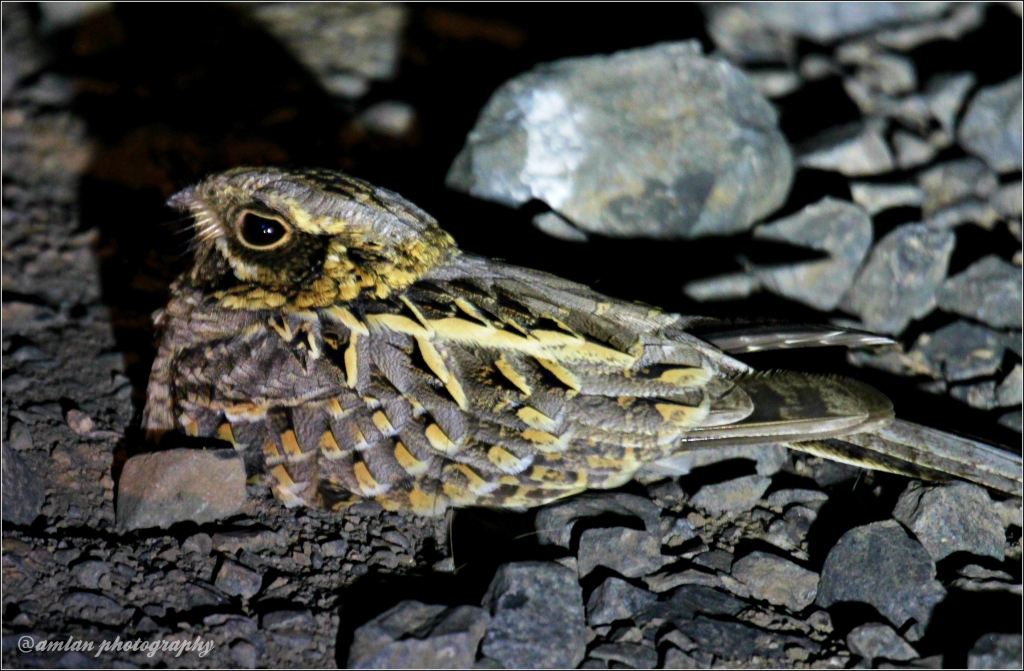
I came on this trip because of Mr.Bhavesh Rathod. In my earlier blog on Greater Rann Of Kutch I have already mentioned about him . He runs an organization called wild India Eco Tours (www.wild-india.in ). As I had mentioned earlier he is one of the authority on birds and was of great help in identifying the species that we saw. He also gives lot of care to each one of his tripper and attention which makes such trip interesting, educative, and scholastic. If any one of my reader wants to reach him, one can reach him through his website http://www.wild-india.in/contact-us
Greater Rann of Kutch has too many things to teach . Firstly it gives us an insight to the world of the avian and their behavior and carriage and about their inter relationship with the habitat and terrain.
Secondly it taught us about how to live minimalistic. Appreciate the local food and enjoy every bit of the desert. Though it might sound paradoxical, desert and enjoyment, but YES it is a fact that this barren landscape starts growing within you with the passage of time and on the day of your departure from Greater Rann Of Kutch you would always wish to stay a little longer.
By the time I was ready to leave the Greater Rann Of Kutch I realized that I knew nothing. I being a flyer thought that knew so any things but here my Ego took a beating and I realized that till now I knew nothing about anything. Being enriched I embarked on my journey home. My salutations to Bharat kapdi of epicenter home stay and Bhavesh Rathod of wild-india.in
Nature truly is the ultimate artist ,ultimate designer, and ultimate guardian of life. One has to take this arduous journey to Greater Rann Of kutch to appreciate what Nature truly is and what the creator has in store for us to wonder about.


